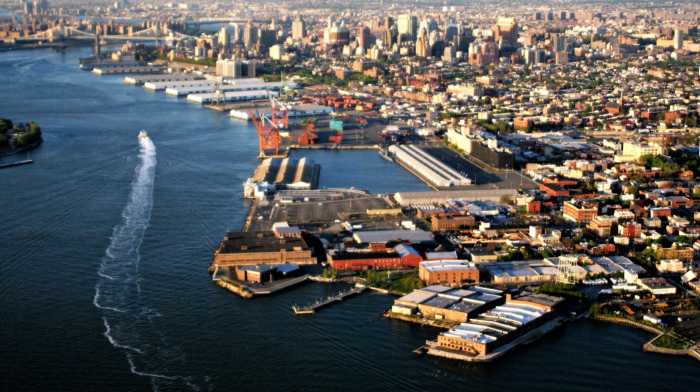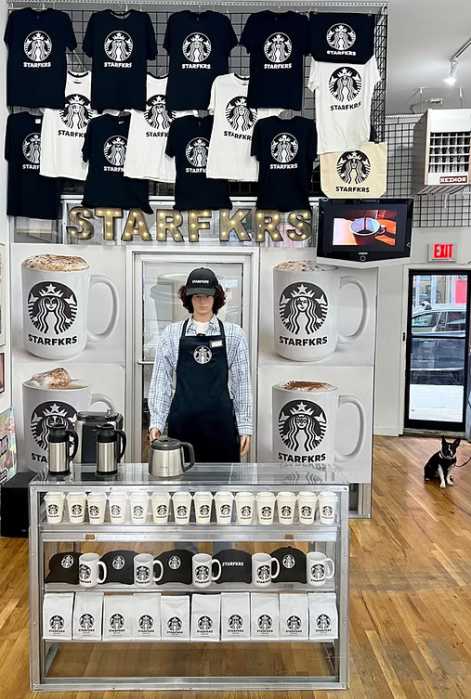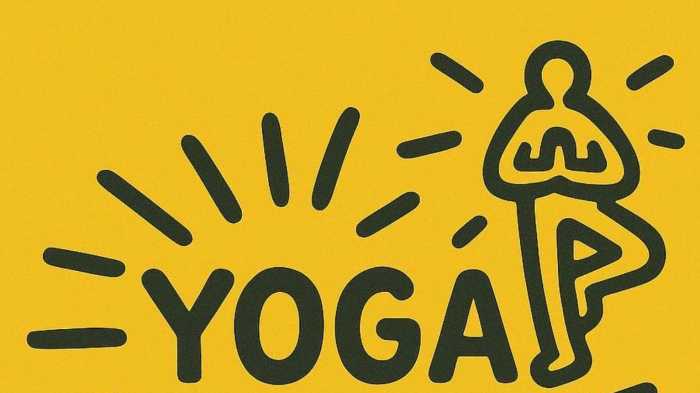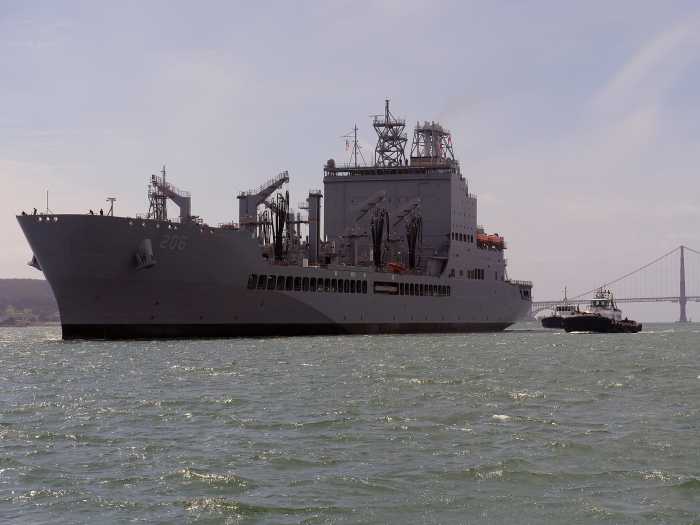Our city’s commitment to creating safe and livable public spaces connects customers to businesses and strengthens the fabric of city life. That’s why our civic leaders are calling for more of these community improvements to expand the vibrant street life that the city that never sleeps is known for. It’s indisputable: pedestrian plazas are good for business, good for pedestrians and good for New York.
Anyone who has spent a moment watching the street life at Times or Herald Square, alongside Madison or Union Square parks and in Downtown Brooklyn realizes that these plazas are vibrant centers of commerce. But the story doesn’t end in there – anywhere in New York where there are high levels of retail activity and high pedestrian volumes can benefit from their own homegrown, pedestrian-friendly commercial center.
When pedestrians flow, the money flows. According to a study conducted by Transportation Alternatives and NYU Urban Planning students on two New York City streets with high levels of retail activity, non-drivers provided far more income to local businesses. Pedestrians, bicyclists and transit riders spent an average of $154 dollars per week compared to drivers, who spent $82 per week on average. Furthermore, 88 percent of the people arriving in these neighborhoods came by public transit, walking or bicycle. Only 12 percent arrived by taxi or private car. These results show that catering to New York’s street life is a savvy business strategy.
Research also indicates that dedicated pedestrian spaces like sidewalks and plazas keep pedestrians safer. They make sense of confusing intersections and provide space for walkers, keeping them out of the roadway. Times Square and Herald Square, and the pedestrian plaza in-between, is much safer. The results are clear: Pedestrians have space, so now 80 percent fewer pedestrians are walking in the roadway on Seventh Avenue between 45th and 46th streets. Injuries to motorists and passengers are down 63 percent. The percentage of people who felt unsafe crossing the street in Times Square dropped 50 percent. Pedestrian injuries declined by 40 percent in Times Square. Pedestrian injuries declined by 53 percent in Herald Square. And of course, even the air is safer: The presence of particulate matter in the air has dropped significantly in Times Square after the plaza project. The presence of Nitric Oxide has dropped by 63 percent and the presence of Nitric Di-Oxide by 41 percent.
New York at its best has always been a city of neighborhoods: a diverse city of strong communities and common spaces. Our great retail storefronts and vibrant street life have made New York the world-class city we’re proud to call home. Pedestrian-friendly street improvements are keeping that tradition alive and restoring the foundations of prosperity for our city. From Bay Ridge to Times Square, New York is alive and improving, one plaza at a time.
Paul Steely White is executive director of Transportations Alternatives.

























